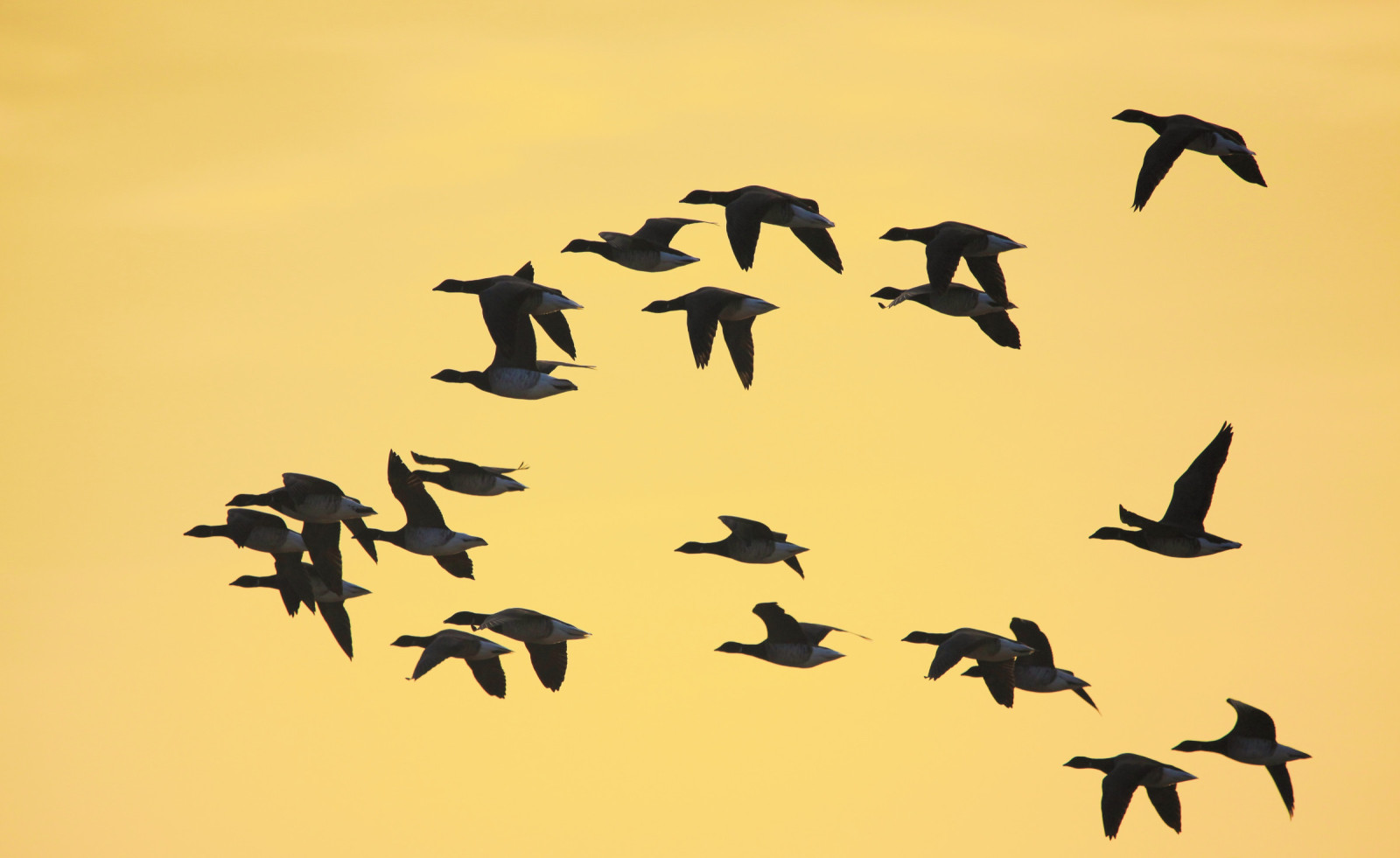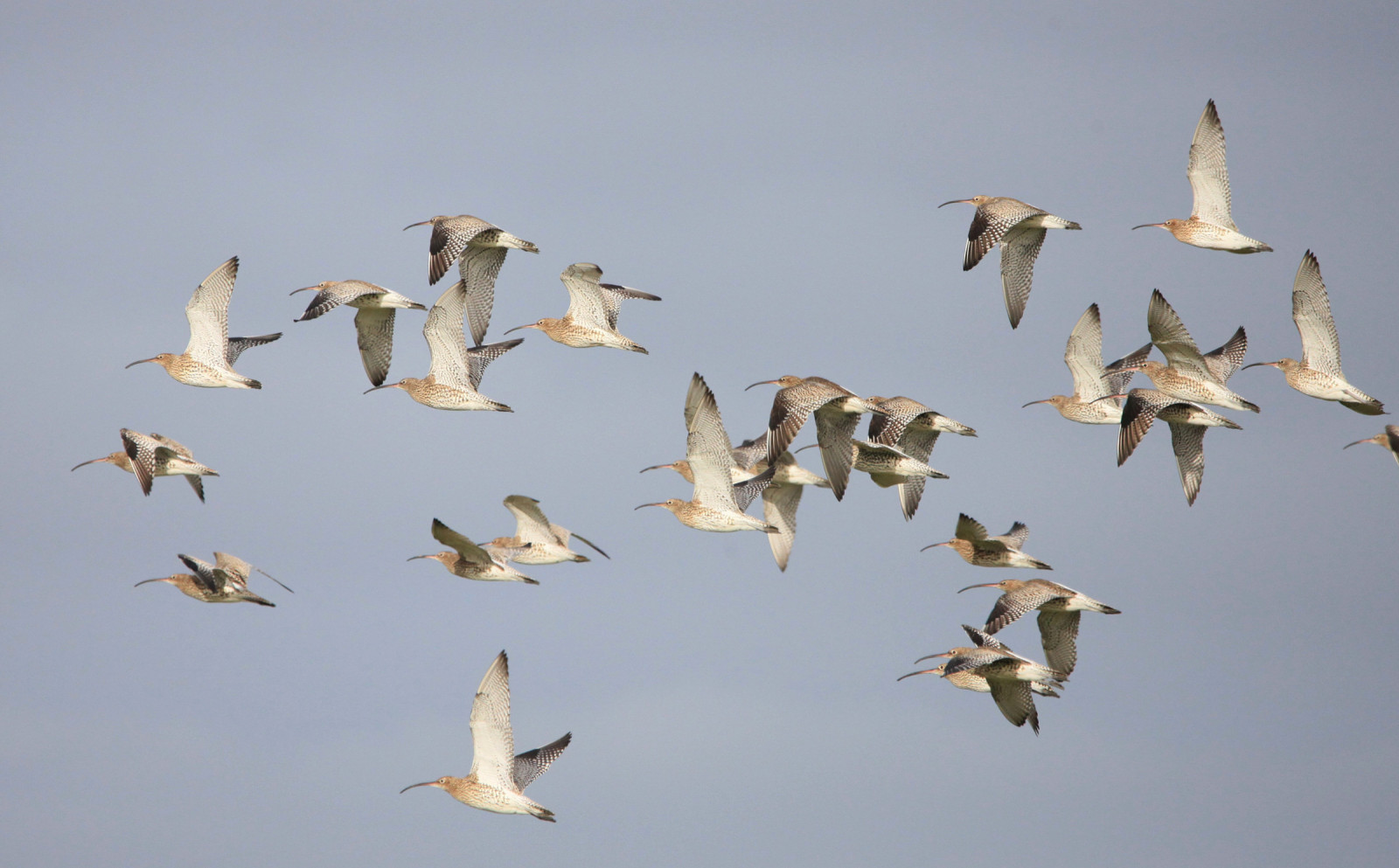Descripción
Ballyteige Burrow consists of a complex dune system, an interidal estuary and polder land. The reclaimed land extends north into the Killag area. This mix of habitats is excellent for a multitude of species throughout the year. Large numbers of waterbirds can be found here in the winter, with nationally important numbers of Aguja Colinegra, Barnacla Carinegra, Zarapito Real and Chorlito Dorado Europeo. The polder land is also one of the most reliable sites in Ireland to see Cisne Chico in winter (see extra info).
This area is also excellent for raptors, with Aguilucho pálido, Esmerejón, Halcón Peregrino and Búho Campestre all possible in the winter with occasional Aguilucho Lagunero Occidental too.
In summer, the dunes and grasslands are alive with colourful flowers and many passerines breed here, including Bisbita Pratense, Alondra Común and Tarabilla común. There are also few breeding pairs of Tarro Blanco. Recent rarities that have been encountered in the summer and migration months include Alcotán Europeo, Morito Común, Agujeta Escolopácea and Codorniz Común.
Detalles
Accesso
The Ballyteige Burrow and Killag area is located about 15 km south-west of Wexford Town. There are multiple options for parking at various points around the area. Click on a P in the map for directions to a parking spot. There is also a 4 km trail that begins at Kilmore Quay where it's possible to walk between the dunes and polder land to the estuary dam wall (known as the Cull Bank). It's a long walk and bringing food and water would be recommended. It's also possible to get a local bus (390) to Kilmore Quay from Wexford Town and walk from the bus stop.
Terreno y habitat
Dunas , Pisos de barro , Lago , Pradera , Árboles y arbustos dispersos , Humedal , Agricultura , Mar , PlayaCondiciones
Plano , Arenoso , Paisaje abierto , PantanosoCamino circular
Sí¿Se necesita telescopio?
Puede ser útilBuena época para el avistamiento de aves
Todo el añoMejor momento para visitar
InviernoRuta
Camino pavimentado , Camino sin asfaltar , Camino estrechoCamino difícil de andar
Caminata mediaAccesible vía
A pie , Bicicleta , CocheEscondite de observación / plataforma
NoInformación extra
Cisne Chico are now a very rare visitor in Ireland in winter with only very small numbers showing up in recent times. While this area is a reliable spot for the species, there are some winters where only 1-2 birds may appear or none at all. The fields between the Inish Pebble Quarry and the windfarm are the most likely place to see this species in the area.

.jpg)


